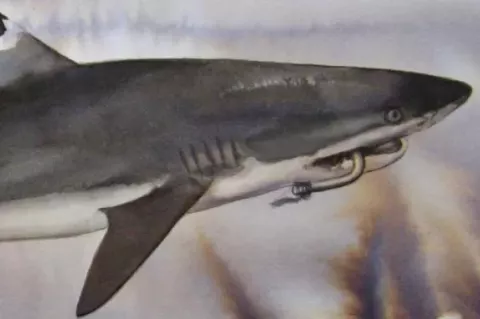Bringing kelp forests back to life
Giant kelp grows in dense stands known as kelp forests. Kelp forests, defined here as habitat-forming brown algae in the orders Laminariales, Fucales, and Desmarestiales, are globally distributed habitats which have declined around the world





